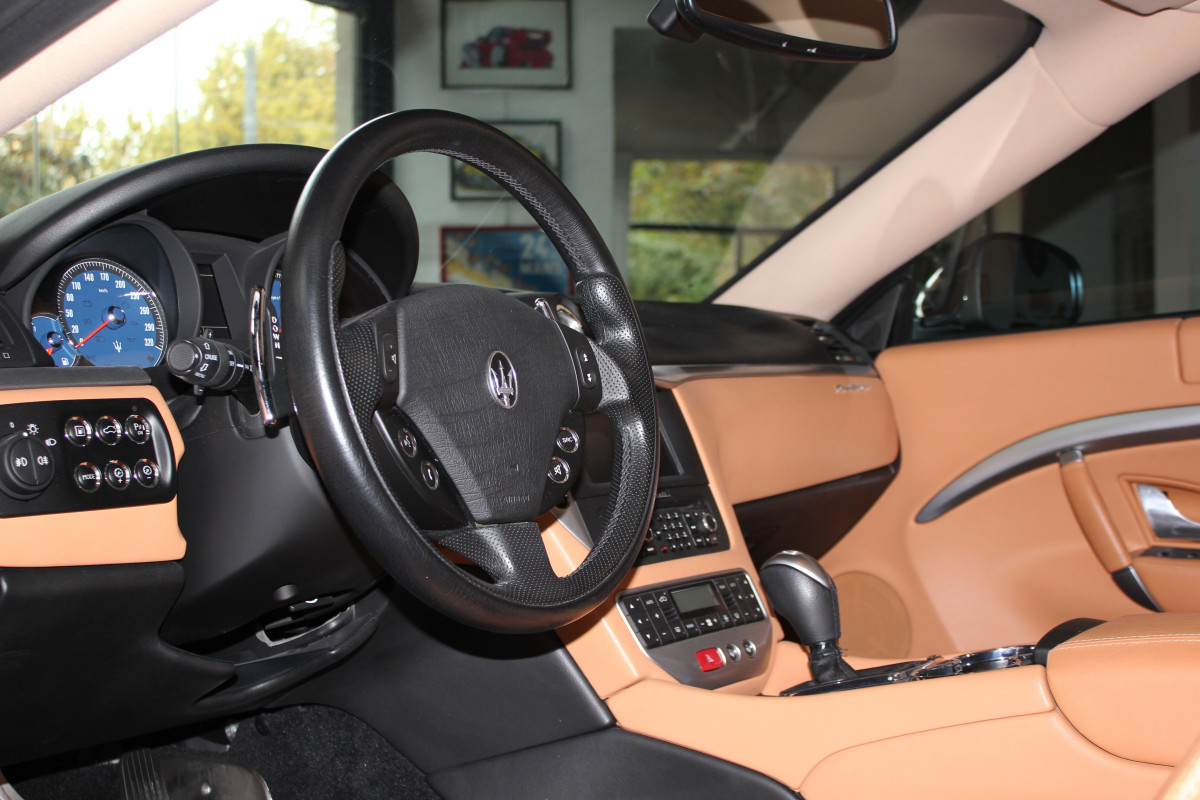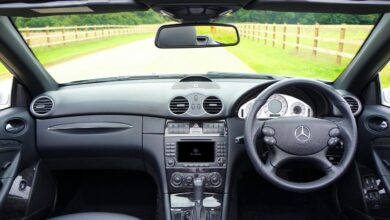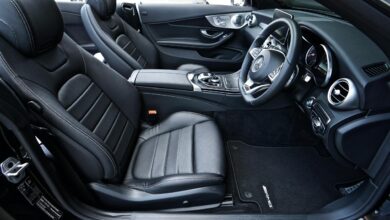Connected Cars: Software, Services, and Digital Experience

The modern automobile, once a purely mechanical apparatus defined by the power of its engine and the rigidity of its chassis, has undergone a fundamental, irreversible transformation into a complex, high-performance digital device. The core value of the contemporary vehicle is no longer solely derived from its physical hardware.
It is increasingly determined by the intelligence, functionality, and seamless integration of its sophisticated in-car software. This comprehensive software layer governs everything from critical engine performance and advanced safety features to navigation, personalized entertainment, and driver interaction.
Connected and In-Car Software is the indispensable, specialized engineering discipline dedicated entirely to designing, securing, and continuously updating this vital digital experience. This crucial system transcends simple infotainment. It creates a dynamic, personalized, and perpetually evolving relationship between the human, the machine, and the external network.
Understanding the core architectural shift to the Software-Defined Vehicle (SDV), the mechanisms of Over-the-Air (OTA) updates, and the strategic imperative of personalized service is absolutely paramount. This knowledge is the key to comprehending the engine that drives modern automotive design, enhances safety, and secures a continuous, high-value, recurring revenue stream.
The Strategic Shift to Software-Defined Vehicles (SDV)
The foundational architecture of the modern car is rapidly evolving into a Software-Defined Vehicle (SDV). In an SDV, the majority of the vehicle’s functional capabilities and its ultimate perceived value are dictated by the underlying code and electronic control units (ECUs), not by the raw mechanical components. This profound transformation mandates that software assumes a central, indispensable role in the entire design and revenue model. The software environment is the new non-negotiable differentiator in the fiercely competitive automotive market.
This architectural shift is necessary for two strategic reasons. First, software allows for unparalleled flexibility and post-sale feature addition. New features, performance characteristics, and safety updates can be delivered wirelessly. Second, software creates new, high-margin subscription-based revenue streams. Automakers can sell software functionalities and services long after the initial hardware purchase.
The digital cockpit, encompassing all displays, controls, and infotainment systems, is the primary interactive portal to this complex software layer. Its design must be intuitive, safe, and highly personalized. The user experience (UX) is paramount for driver acceptance and satisfaction.
This system is built upon centralized High-Performance Computers (HPCs). These powerful processors manage and synthesize immense volumes of data from external sensors and network connections. This computing power is mandatory for running sophisticated AI models and executing real-time functional updates seamlessly.
The Mechanisms of Connectivity

Connectivity is the lifeblood of the modern in-car software experience. It is the necessary link that allows the vehicle to send data to the cloud, receive critical updates, and communicate instantly with the external environment. Robust, secure network access is mandatory for all advanced functions.
A. Over-the-Air (OTA) Updates
Over-the-Air (OTA) Updates are the non-negotiable mechanism through which the SDV’s software is maintained and enhanced. OTA updates deliver performance upgrades, security patches, and entirely new features directly to the vehicle wirelessly. This capability eliminates the need for the customer to visit a dealership for every software change. OTA transforms the vehicle from a static product into an evolving digital platform. This ensures the vehicle’s software remains current and secure throughout its lifespan.
B. V2X Communication
Vehicle-to-Everything (V2X) Communication allows the car to exchange real-time data instantly with other vehicles (V2V) and with surrounding infrastructure (V2I), such as traffic lights and road sensors. The V2X system alerts the driver to non-visible hazards, optimizes traffic flow collectively, and enhances overall road safety. This instantaneous data exchange is a non-negotiable safety requirement for Level 3 and Level 4 autonomous functions.
C. Integrated 5G/LTE Modems
The reliable transmission of large volumes of data (e.g., telemetry, map updates, infotainment) is achieved via integrated high-speed 5G or LTE modems. These dedicated communication modules ensure the vehicle maintains a continuous, high-bandwidth connection to the external network. This robust connectivity is crucial for cloud-based services and remote diagnostics.
D. Cloud Integration and Edge Computing
In-car software relies on seamless Cloud Integration for processing, storage, and orchestration. The vehicle often acts as an Edge Computing device. It processes time-sensitive data locally for immediate safety decisions (e.g., collision avoidance) and sends aggregated data to the distant cloud for long-term analysis and AI model training. The cloud manages the long-term data strategy.
In-Car Software and User Experience (UX)
The User Experience (UX) of the digital cockpit is the primary battleground for customer loyalty and brand differentiation. The interface must be intuitively designed. It must augment the driver’s capability without creating any unnecessary cognitive distraction. UX is paramount for safety and satisfaction.
E. Personalized Digital Cockpits
The system utilizes AI to create hyper-personalized digital cockpits. Biometric sensors or key fobs instantly recognize the driver. They automatically adjust seating position, mirror angles, climate control settings, and infotainment preferences. This seamless personalization enhances comfort. It minimizes the time spent manually configuring the vehicle.
F. Advanced Infotainment Systems
Modern Infotainment Systems integrate navigation, media, communication, and web access onto a centralized display screen. These systems utilize advanced voice control and Natural Language Processing (NLP). This allows the driver to manage complex functions hands-free. The system must integrate flawlessly with external mobile devices (Apple CarPlay, Android Auto).
G. Augmented Reality (AR) and HUDs
Augmented Reality (AR) Dashboards and Heads-Up Displays (HUDs) are becoming a premium standard. AR projects critical information (speed, navigation arrows, safety warnings) directly onto the driver’s real-world field of view. This minimizes the time the driver’s eyes must be diverted from the road. AR enhances both informational awareness and critical safety.
H. Haptic Feedback and Touch Controls
The interface must integrate Haptic Feedback controls. Haptic elements provide a crucial, subtle tactile response to virtual buttons or touch screens. This sensory confirmation allows the driver to confirm input actions without having to visually verify the touch. This crucial feedback enhances safety by maintaining the driver’s focus on the road surface.
Revenue Models and Data Monetization
The SDV architecture fundamentally supports new, high-margin revenue models. These models are designed to generate continuous income throughout the vehicle’s long operational life. Software is the new profit center. This strategic shift is irreversible.
I. Feature Subscriptions
The industry is rapidly pivoting toward feature subscriptions. Customers pay a recurring monthly or annual fee to unlock specialized functionalities. These functions include performance upgrades, advanced driver assistance features, heated seats, or enhanced navigation services. This model maximizes the vehicle’s long-term profitability. It creates stable, predictable software revenue.
J. Vehicle Data Monetization
The massive volume of data generated by onboard sensors (telemetry, driver behavior, location) is becoming a high-value asset. Vehicle Data Monetization involves anonymizing and selling this aggregated data to third parties. These parties include urban planners, insurance providers (for Usage-Based Insurance – UBI), and mapping companies. Data becomes a crucial, non-negotiable revenue stream.
K. In-Vehicle Commerce
The digital cockpit facilitates in-vehicle commerce. Drivers can use the infotainment screen to order food, pay for fuel or parking, or purchase digital content directly. The vehicle becomes a trusted, convenient point of sale. This integration generates revenue from transaction fees and retail partnerships.
L. Cybersecurity and OTA Security
Cybersecurity is a core operational cost that is now being monetized. Customers pay a subscription fee for continuous security monitoring, advanced anti-malware services, and guaranteed, rapid OTA security patching. This revenue helps fund the massive R&D investment required to protect the complex vehicle software from relentless external attacks. Security becomes a high-value service.
Conclusion

Connected and In-Car Software is the indispensable core defining the modern, software-defined vehicle (SDV).
The architecture relies on centralized High-Performance Computers (HPCs) to process sensor fusion and run complex AI models instantly.
OTA updates are the non-negotiable mechanism that continuously enhances performance, adds features, and deploys critical security patches wirelessly.
The User Experience (UX) is driven by hyper-personalization, utilizing AI to adjust climate, seating, and infotainment based on the recognized driver’s profile.
Augmented Reality (AR) dashboards and Heads-Up Displays (HUDs) prioritize information placement, enhancing awareness and maximizing driver safety.
The strategic shift pivots the revenue model toward stable, recurring feature subscriptions and the continuous, high-margin monetization of vehicle data.
V2X communication is mandatory, enabling real-time data exchange with surrounding infrastructure for traffic optimization and collective safety enhancement.
Robust cybersecurity protocols and guaranteed OTA security patching are non-negotiable for protecting the complex software layer from external hacking attempts.
Mastering the UX of the digital cockpit is the ultimate key to securing the highest level of safety, intuitive interaction, and operational efficiency.
The integration of haptic feedback and voice controls minimizes manual interaction, reducing driver distraction and enhancing overall vehicle safety.
This technology is the final, authoritative guarantor of future recurring revenue streams and sustained competitive advantage for all global automakers.
The SDV stands as the ultimate mobile platform, transforming the car from a static product into an evolving, intelligent digital service.


